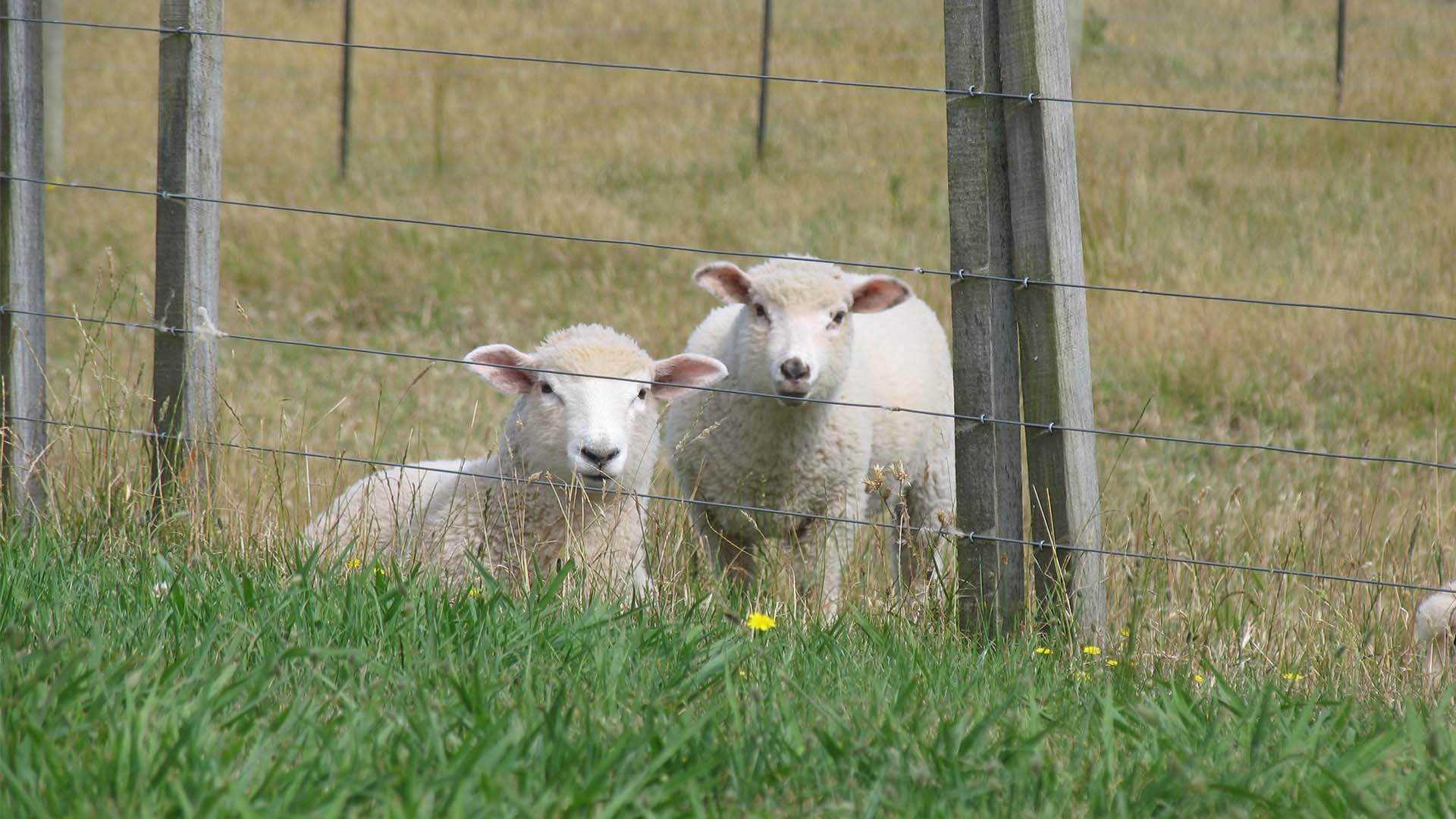
Belgian Blue cattle are one of the most striking farm animals you’ll ever see. These massive cattle stand out thanks to their exaggerated musculature that makes them look like superhero versions of cows. What gives them this unique appearance? These cattle demonstrate ‘double muscling,’ a genetic mutation that came out through selective breeding.
- Other Names: Belgian Blue-White, Belgian White-and-Blue Pied, Race de la Moyenne et Haute Belgigue
- Male Size Range: Average 1,800 lb, 54 inches
- Female Size Range: Average 1,100 lb, 48 inches
- Source: Belgium
- Established in: 1960s
- Ideal Habitat: This breed can thrive in cold winters and hot summers
- Fencing: Standard electric fencing for cattle
- Gestation Period: 280 to 286 days
- Raised for: Lean and tender low-marbling beef, short gestation period

All About Belgian Blues
Belgian Blues were developed via selective breeding over a period of 150 years. Originating in Belgium, this breed of cattle came about when farmers successfully isolated a genetic trait that led to increased muscle fibers. This muscle development usually occurs along these animals’ shoulders, backs, loins and rump areas. Belgian Blues may look massive, but in truth, they are small boned and have thin skins. Compared to other breeds of cattle, they also have a unique gait – a result of their increased muscling.
Despite their monstrous muscles, the breed is considered docile and generally easy to manage. As a result, this temperament makes them excellent show cattle for clubs and fairs that deliver excellent results for young breeders.
Full-breed Belgian Blues can have some difficulty calving, and most are delivered by Caesarean. Instead of going the full-breed route, many opt to crossbreed the Belgian Blue with other strains. The result is a 5 to 10 percent increase in muscle fibers for crossbred calves.
Belgian Blues can experience some other health problems, too. For one thing, their bulk can create stiffness in their legs. Calves also demonstrate enlarged tongues, which can create feeding issues. Cardio-respiratory ailments may also arise.
Despite breed concerns, dieticians often recommend Belgian Blue beef thanks to its low cholesterol level, low calories and low fat content. Producers say it even has less cholesterol than skinless chicken. It also cooks quicker thanks to its reduced fat content.
Learn More About Livestock
Zareba® has other articles about livestock that can help you in your farm planning, including additional spotlights on other interesting breeds. Check out some of these selections:
- Get to Know: The Pygmy Goat
- Get to Know: the Scottish Highland
- Fencing for Free Range Poultry
- Electric Fence Height by Animal
Also be sure to subscribe to the Zareba® eNewsletter to get more articles like this one and to learn more about fencing supplies.



